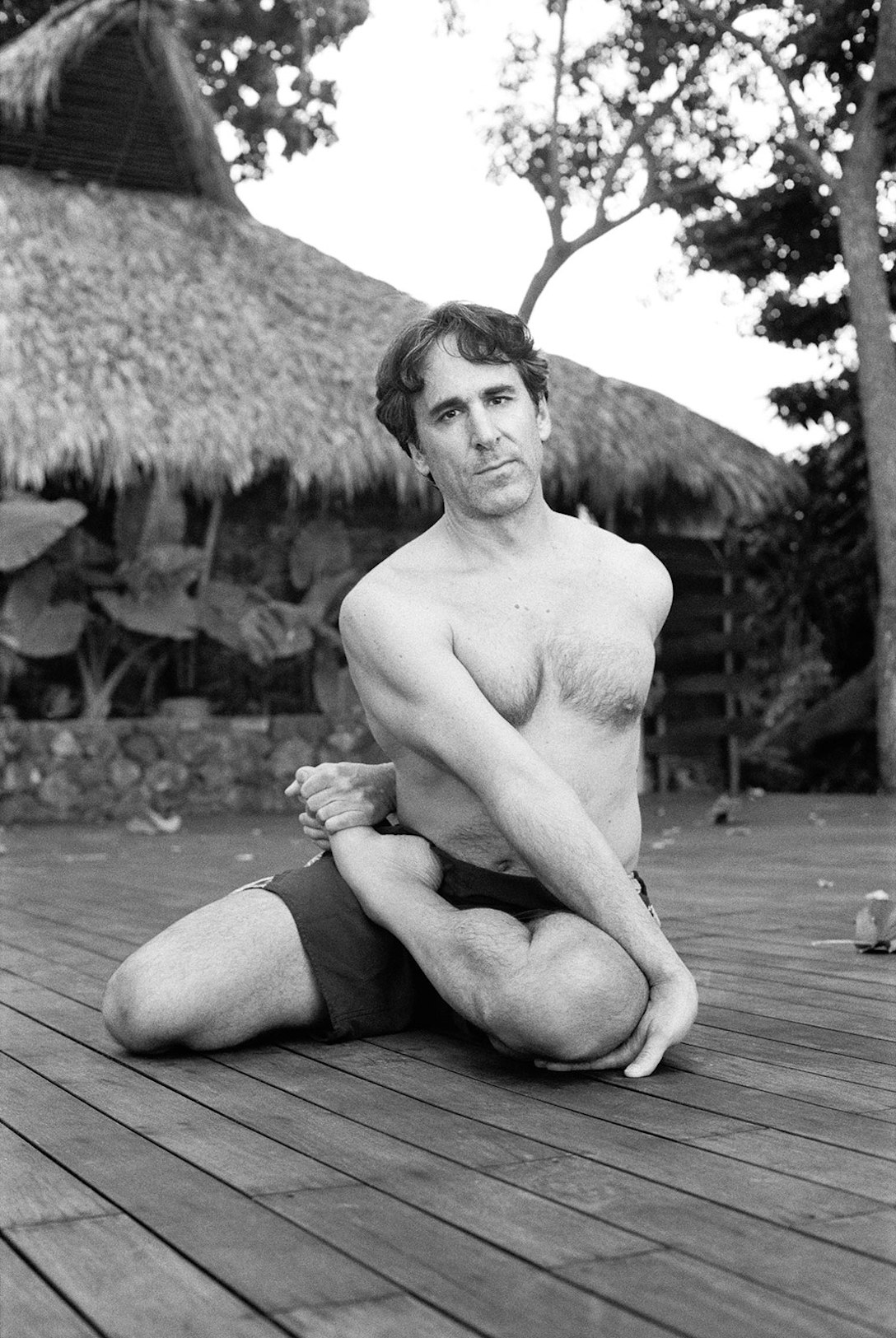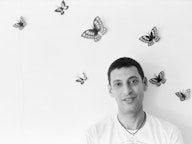
Peter Sterios
San Luis Obispo, California, USA
MASCULINE/FEMININE INTEGRATION
[My teacher’s] name was Shandor Remete and the style of yoga he taught was hatha yoga. He studied with Iyengar who’s one of three teachers who studied with Krishnamacharya...a master teacher in India around the turn of the 20th century. Shandor was the first male yoga teacher I ever had. And not only was he a male teacher but he was a man, like a man’s man. He had fought in Vietnam, he was in Australian special forces, he was a black belt in karate. There was a masculine presence in him that was unusual for a yoga teacher. I related to that aspect of him initially. It drew me to him because I still had that connection to that masculine kind of adrenaline or testosterone way of being as a man. Shandor seemed to integrate it. He seemed to be able to have his feminine and masculine right up at the table at the same time.
Growing up in the 1970s as a man, testosterone was not appreciated. My role models in elementary, junior high, and high school were all women! I didn’t have a male teacher until I was in 11th grade. So [in] this era of the 1970s it was a pretty clear message to me as a man that having a penis was not an asset in culture. The feminine was more attractive to women. As a teenager, and in my early 20s, my hormones were starting to kick in. I wanted a relationship, and my role model was to be strong in femininity, because I thought women would find that more attractive. I actually struggled through relationships in that 10- year period because although that nurturing aspect is attractive initially, if it’s too much, it gets boring. I found my relationships crumbling and I asked, ‘Why? C’mon I’m a nice guy, I’m a peacemaker...I’m gonna make this all right.’ I didn’t understand; I lacked any masculine principle in my life. And so here was this yoga teacher who had it integrated. I thought, ‘Wow! I’m attracted to this. I don’t have to throw out the bathwater!’ He taught me a lot.
Shandor is misunderstood; he’s a misunderstood guy. A lot of people who haven’t studied with him for as long as I studied with him misunderstand what he’s trying to teach. They only see that macho testosterone-driven side of him. I don’t see that. I see it in balance. And so that education helped me. And hatha yoga—the word ‘hatha’ is really the integration of masculine and feminine—‘Ha Tha.’ It’s solar and lunar principles, integrated.
Daniel’s Reflection
I met Peter Sterios by accident on a vacation to an eco-resort in Nicauragua. On the boat ride from the airport to the resort I was told by another guest that a well-known yoga teacher was holding a workshop at the resort that same week. I befriended the workshop organizer, several of the students, and, eventually, Peter, his wife Tawny, and their daughter Athena. I ended up joining the retreat and was inspired by Peter. I visited with Tawny and Peter in their home in San Luis Obispo, California and have stayed in touch these many years.
My attraction to Peter’s style of yoga and to Peter as a teacher only made sense to me after I interviewed him in Nicauragua for Portraits in Faith. There, he explained to me his own yoga and life journey from an over-emphasis on the feminine as a male growing up in the 1970s to a more fully integrated masculine and feminine way of being in the world. This search drew Peter to his teacher, Shandor Remete, who has been considered a renegade in the yoga world—a man who many would describe as harsh.
It is very powerful for me to reflect on Peter’s journey and this integration of the masculine and feminine. I grew up in a family where my mother was dominant. My father’s love was evident but he was not emotionally present. I joke that what other kids got in sports, I got in opera! (Although I am grateful that I could share a love of opera for many years with my father.) Like Peter, I was not taught about the critical male energies that a boy needs to be taught. When I think of many of the male role models I have had in my life, I see that they were strong but loving combinations of the masculine and the feminine. Even heroes of mine, such as Thomas Merton, Anthony De Mello, Mahatma Gandhi, Rev. Martin Luther King, Jr., and Christ, had a profound and perfect mix of the masculine and the feminine. My best friend, David Charpentier, is a former Army Ranger who has a heart of gold—a wonderful integration of the male and female. So as I reflect on Peter Sterios’ interview, I am grateful for the reminder that the Divine Spirit wants me to bring the best of the masculine and the feminine in how I am in the world and how I am with others.
Explore the portraits by theme
- happiness
- grief
- faith
- addiction
- sexuality
- sobriety
- transgender
- alcoholism
- suicide
- homelessness
- death
- aggression
- cancer
- health
- discipline
- abortion
- homosexuality
- recovery
- connection
- enlightenment
- indigenous
- depression
- meditation
- therapy
- anger
- forgiveness
- luminaries
- interfaith
- worship
- salvation
- healing

